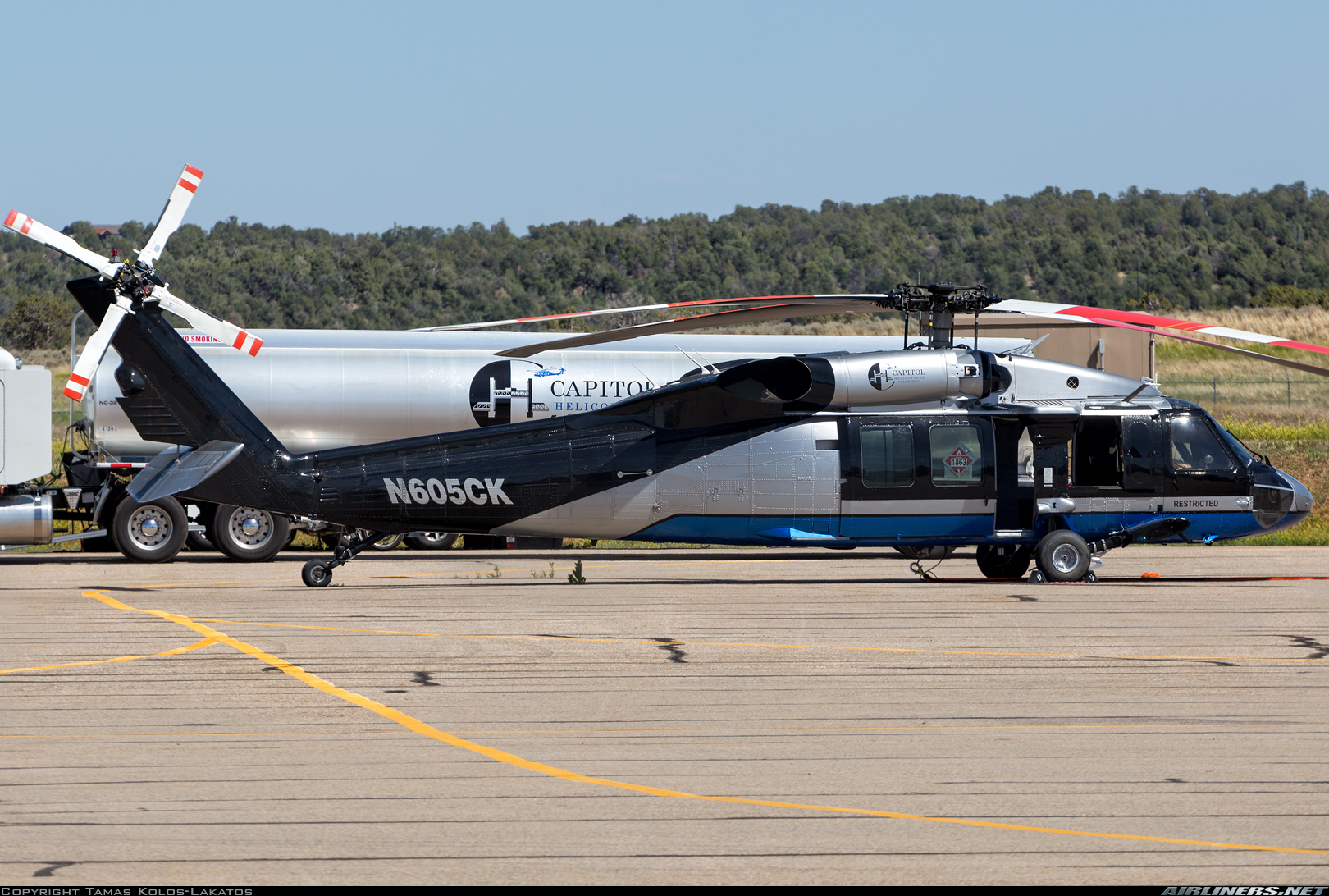Modernized Vertical Lift Platform With Advanced Composite Structures and Improved Safety And Security Measures
In the world of upright lift platforms, a substantial shift towards innovation has actually been observed, driven by the integration of innovative composite structures and heightened security actions. These improvements stand for a crucial evolution in the design and performance of lift platforms, assuring increased efficiency and dependability across various sectors (sikorsky s 70). As sectors pursue greater operational accuracy and safety and security criteria, the utilization of composite products and progressed security functions has actually ended up being vital. In checking out the convergence of technology and safety in modern lift systems, an engaging narrative emerges, showcasing the capacity for transformative improvements that deal with the ever-evolving needs of industrial industries.
Evolution of Upright Lift Systems

The advancement of upright lift systems can be traced back to basic pulley systems and early lift designs. Gradually, technologies such as hydraulic systems, electrical motors, and progressed control devices have greatly enhanced the effectiveness and safety of these platforms. Suppliers have actually likewise concentrated on improving the security, reach, and load-bearing abilities of vertical lift platforms to meet the varied needs of various markets.
Additionally, the assimilation of clever innovations like sensors, IoT connection, and automation functions has even more changed the capacities of contemporary vertical lift platforms. These technical enhancements not only boost functional efficiency yet additionally ensure enhanced safety and security criteria for workers making use of these platforms at numerous elevations. The constant evolution of vertical lift systems highlights their indispensable function in improving vertical flexibility across markets.
Integration of Advanced Composite Structures

Additionally, the usage of advanced composite materials permits for more complex and maximized structural layouts, allowing designers to tailor the platform's properties to fulfill particular efficiency needs. This customization can result in enhanced the rules of aerodynamics, decreased vibrations, and improved overall safety and security throughout procedure. The integration of innovative composite frameworks also adds to a decrease in maintenance expenses and downtime, as these materials show exceptional resistance to ecological aspects and have a longer life span contrasted to conventional products. In general, the consolidation of sophisticated composite structures in contemporary vertical lift platforms stands for a significant improvement in aerospace innovation, resulting in a lot more effective, trustworthy, and much safer aerial transportation systems.
Boosted Precaution Application
Applying improved safety steps is important in making sure the optimum performance and dependability of modern-day upright lift systems. One key aspect of improved safety steps is the combination of sophisticated sensing unit modern technologies to monitor different criteria in real-time.

Sector Applications and Benefits
With advancements in modern technology and design, modernized vertical lift platforms have actually located diverse applications throughout numerous sectors, offering significant benefits in effectiveness and productivity. The construction market benefits from vertical lift platforms by making it possible for workers to gain access to elevated areas safely and effectively, enhancing total project timelines.
Additionally, upright lift platforms play an essential duty in the repair and maintenance of infrastructure such as bridges, power lines, and buildings, allowing specialists to reach inaccessible areas easily (sikorsky s 70). The air travel market likewise leverages these important source platforms for aircraft maintenance and setting up tasks, enhancing workflow efficiency and ensuring employee safety and security at heights. In general, the widespread adoption of modernized upright lift systems throughout industries emphasizes their convenience and the significant improvements they give various procedures
Future Trends in Lift Platform Innovation
Incorporating advanced automation and intelligent functions, lift platform technology is poised to reinvent upright transport systems in the near future. One crucial fad is the integration of Web of Things (IoT) innovation, enabling lift systems to communicate real-time information for anticipating upkeep, optimizing efficiency, and improving safety. Expert system and artificial intelligence algorithms are additionally being included to examine patterns, anticipate possible problems, and boost effectiveness. Moreover, using advanced products such as carbon fiber compounds is on the surge, find out here now providing raised sturdiness and strength while minimizing overall weight. Improved safety and security measures, consisting of biometric verification and emergency action systems, are becoming standard functions to make sure passenger safety. In addition, modular designs and personalized configurations are gaining popularity, allowing for higher why not look here versatility to different settings and needs. As lift platform innovation remains to advance, these trends are set to shape the future of vertical transport, making it much more effective, risk-free, and straightforward.
Verdict
In verdict, the up-to-date vertical lift system showcases the evolution of technology in the sector. By integrating innovative composite frameworks and enhanced precaution, this platform uses raised effectiveness and safety for numerous applications. The sector can benefit substantially from these improvements, and future trends in lift system technology are most likely to continue surpassing these advancements for even higher success and effectiveness.
In the world of upright lift platforms, a substantial shift in the direction of modernization has been observed, driven by the combination of innovative composite frameworks and increased security procedures. The constant evolution of upright lift platforms emphasizes their crucial duty in improving upright flexibility across markets.

The incorporation of sophisticated composite frameworks in modern vertical lift systems has actually considerably improved their architectural integrity and efficiency capacities. By integrating these advanced compounds into the style and construction of vertical lift systems, manufacturers can lower general weight, increase load-carrying capacity, and improve the platform's durability and durability.
Implementing improved safety procedures is vital in ensuring the optimal performance and reliability of contemporary upright lift systems.